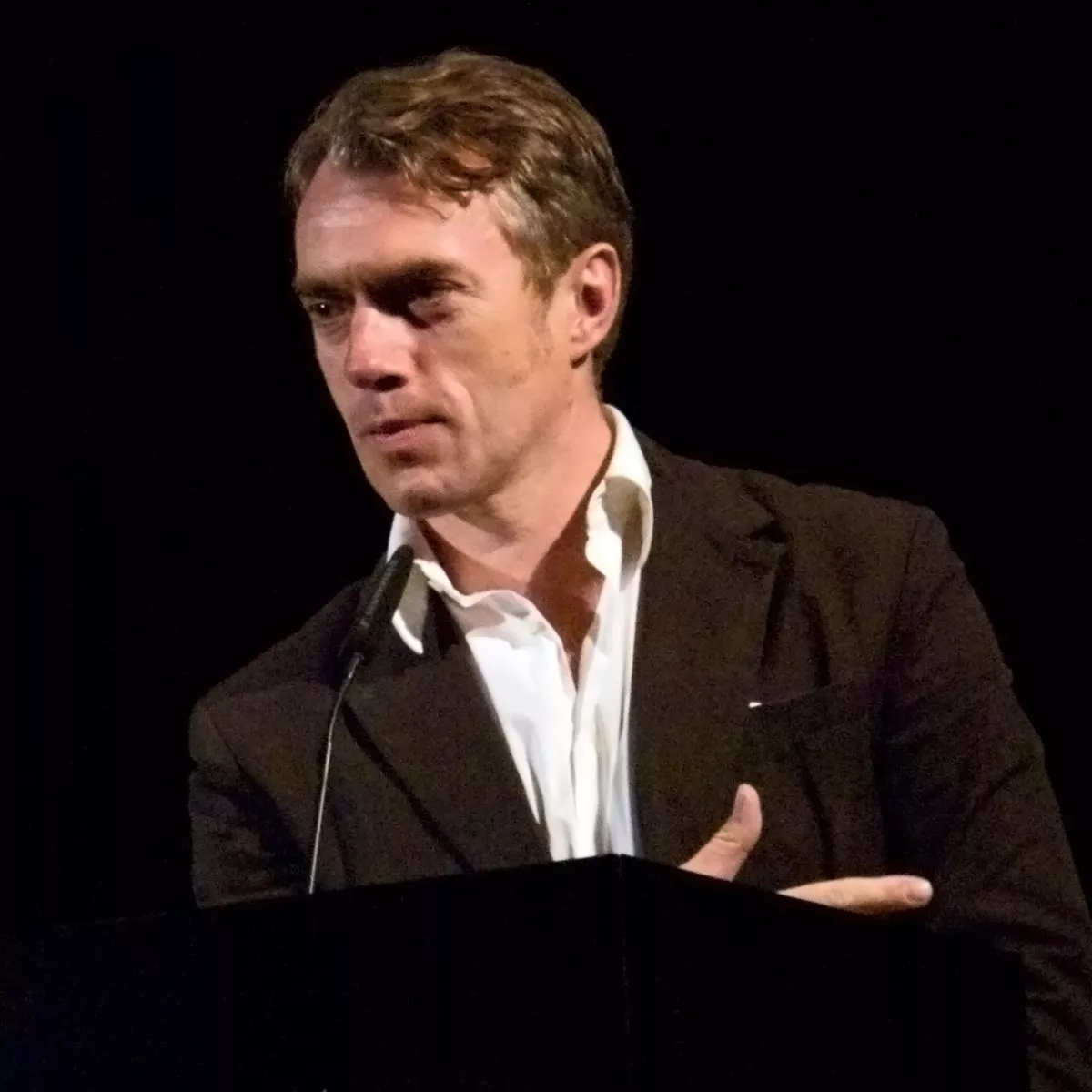 1.
1. Neo Rauch's work reflects the influence of socialist realism, and owes a debt to Surrealists Giorgio de Chirico and Rene Magritte, although Rauch hesitates to align himself with surrealism.

 1.
1. Neo Rauch's work reflects the influence of socialist realism, and owes a debt to Surrealists Giorgio de Chirico and Rene Magritte, although Rauch hesitates to align himself with surrealism.
Neo Rauch studied at the Hochschule fur Grafik und Buchkunst Leipzig, and he lives in Markkleeberg near Leipzig, Germany and works as the principal artist of the New Leipzig School.
Neo Rauch's parents died in a train accident when he was four weeks old.
Neo Rauch grew up with his grandparents in Aschersleben and passed his Abitur exam at the Thomas-Muntzer-Oberschule.
Neo Rauch studied painting at the Hochschule fur Grafik und Buchkunst Leipzig and then was Masterstudent with Professor Arno Rink and with Professor Bernhard Heisig.
In 1991 Neo Rauch had his first solo exhibition in the Leipzig Galerie am Thomaskirchhof.
Neo Rauch won the Vincent Award in 2002, which received a corresponding solo show at the Bonnefanten Museum in Maastricht, The Netherlands, that same year.
In 2010, Neo Rauch had his first museum retrospective, which was jointly held at the Museum der bildenden Kunste in Leipzig, Germany, and the Pinakothek der Moderne, Munich, Germany.
In 2007, the Galerie Rudolfinum in Prague held a retrospective entitled "Neue Rollen," organized by the Kunstmuseum Wolfsburg, of Neo Rauch's works covering 13 years.
Neo Rauch is considered to be part of the New Leipzig School and his works are characterized by a style that depends on the Social Realism of communism.
Neo Rauch's figures are portrayed in a landscape in which an American Comic-Aestheticism meets the Social Realism of communism.
Neo Rauch uses characters and images of life of pre-communist civil society that was oppressed by communism in the GDR.
The destructive powers of ideologies is perhaps the reason why Neo Rauch refuses to interpret his own work as a powerful statement in favor of a cultural relativism that characterized the civic bourgeois thought that was destroyed.